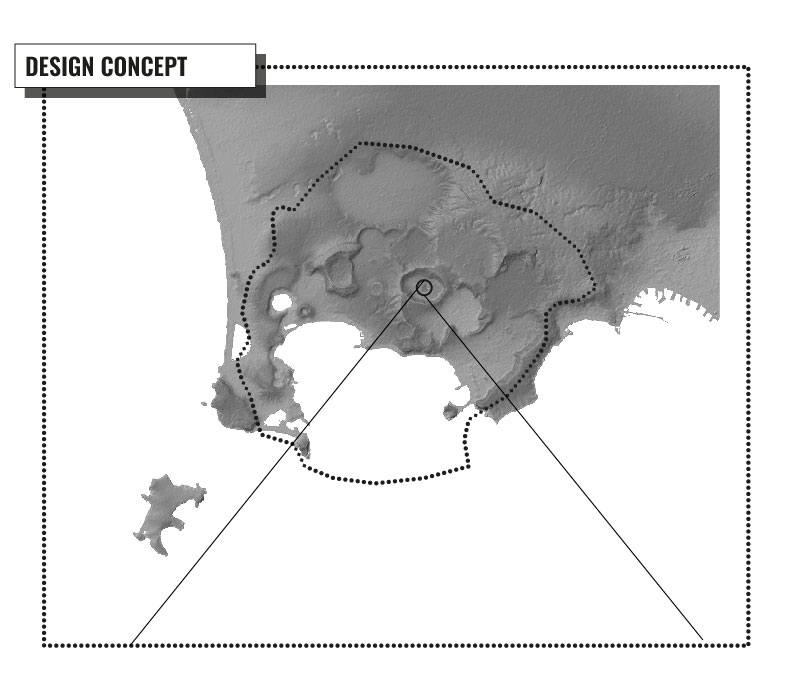
Phlegraean Fields:
The project Mausoleum degli Antroni, takes its name from its location in the Phlegraean Fields, a large region known for its supervolcanic group of calderas to the west of Naples, Italy.
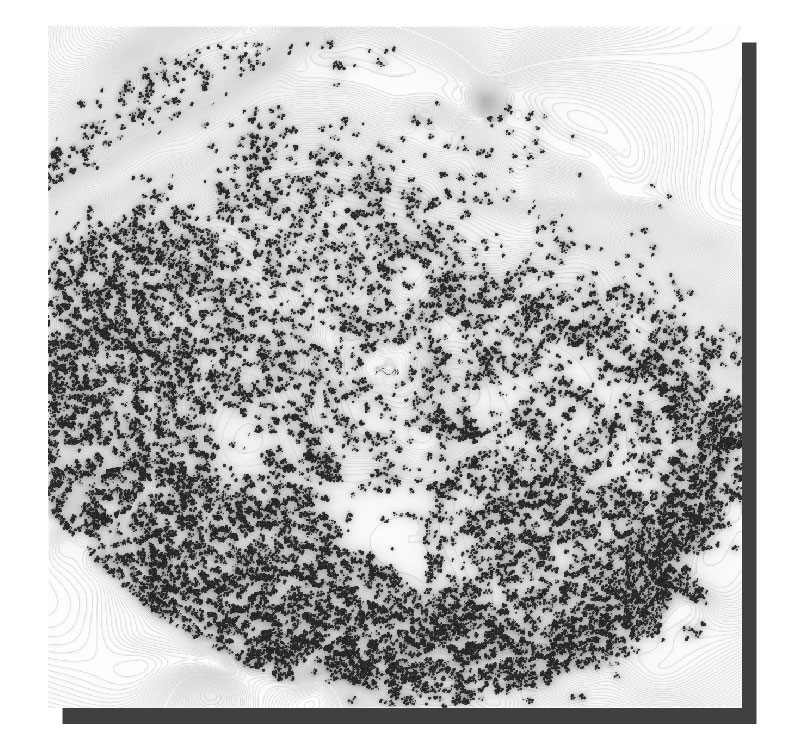
location in crater degli Astroni:
The new history museum find its place in the epicenter of the Astroni crater, which despite the fact that it was originated 40 thousand years ago, wasn’t until 2003 that was declared a regional park. For this reason, this green oasis makes a dramatic contrast with the proximate buildings of Naples, exaggerating an almost perfect Euclidian geometry that serves also as an excellent setting to preserve fossils.
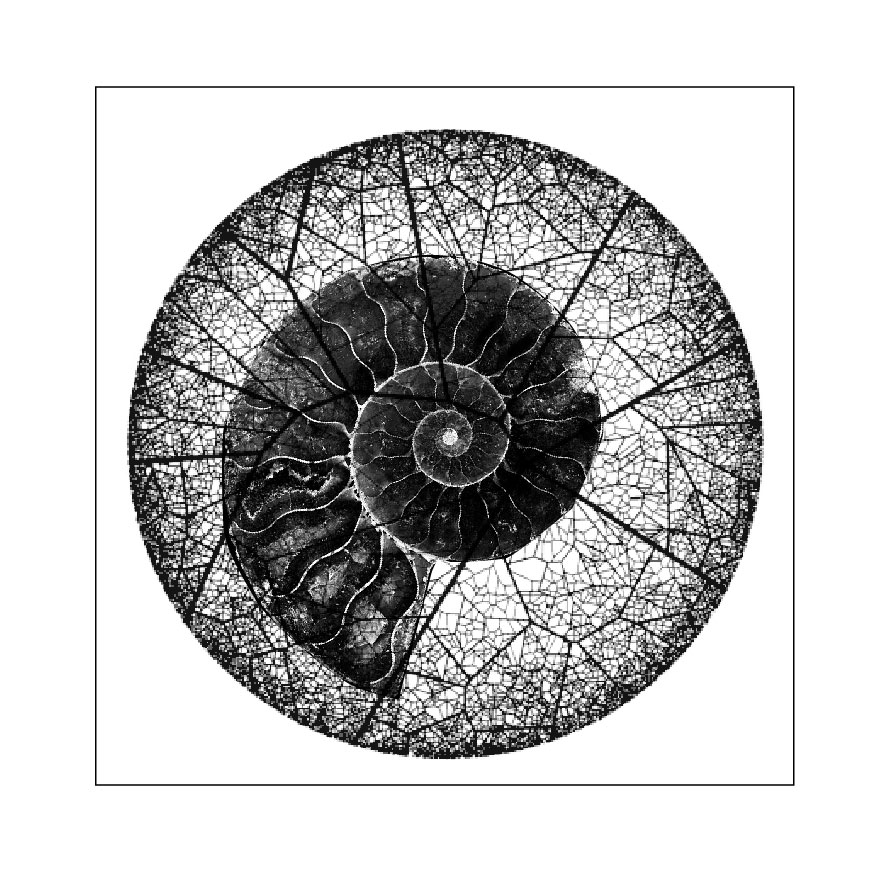
Design Concept:
Mainly based on a fracture Voronoi algorithm, the geometry tries to emulate the forces of the earth and relate to the fragmented nature of the fossil.

ONE:
To delimitate the aggregation of fractures, two set of meshes are prepared: limiting the top, a fabric simulation hangs from 3 curves, while the bottom is lifted in order to provided vaulted supports.
TWO:
The new vaulted openings are created intersecting previous meshes for finally starting with the stratification of fractures.
THREE:
Only the fractured cells intersected by both meshes are created in each step, decreasing the number of cells and thickness of layers with every new height.
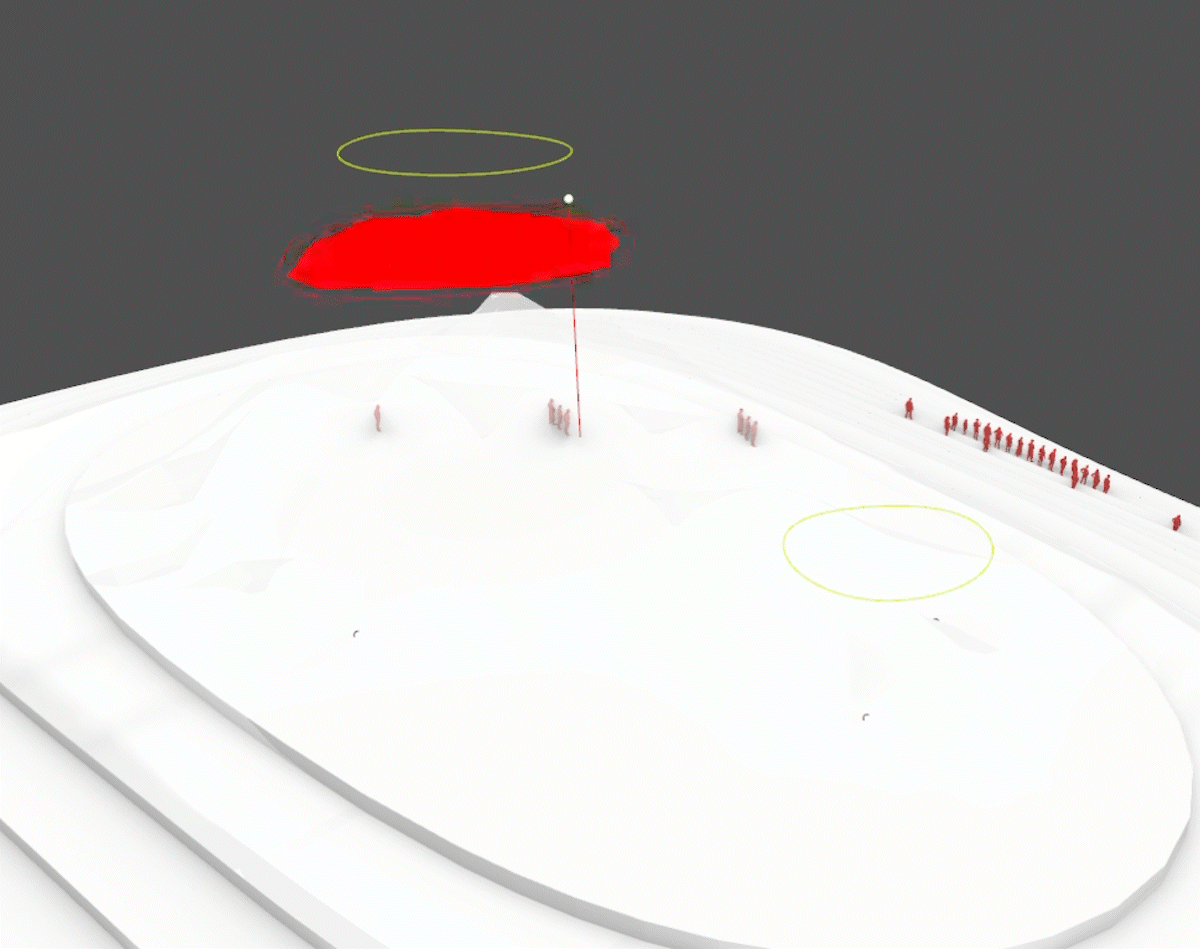
Maussoleo degli Astroni:
The new peak in the epicenter creates an organic landmark for the landscape, merging with the volcanic skyline of layered rocks.
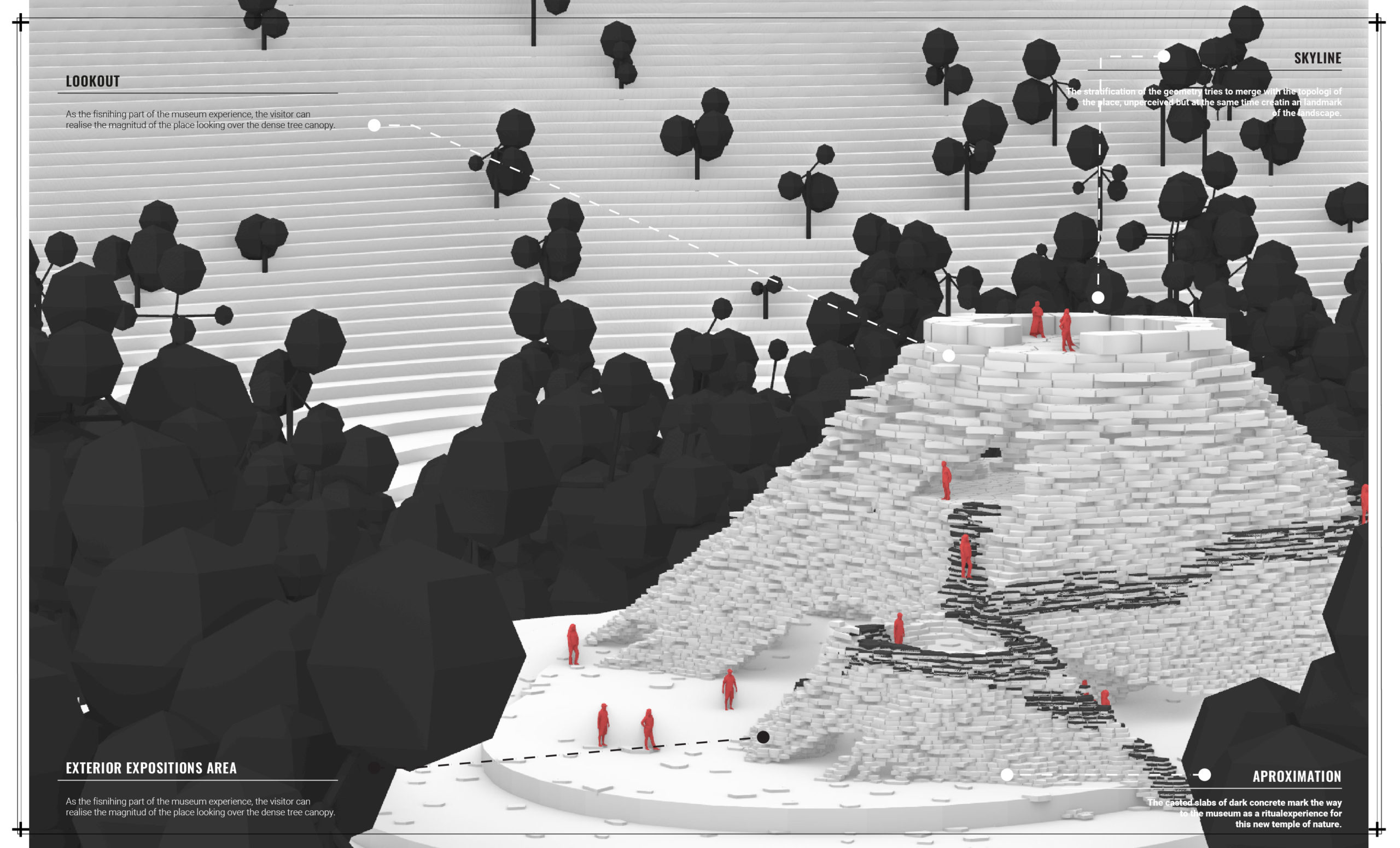

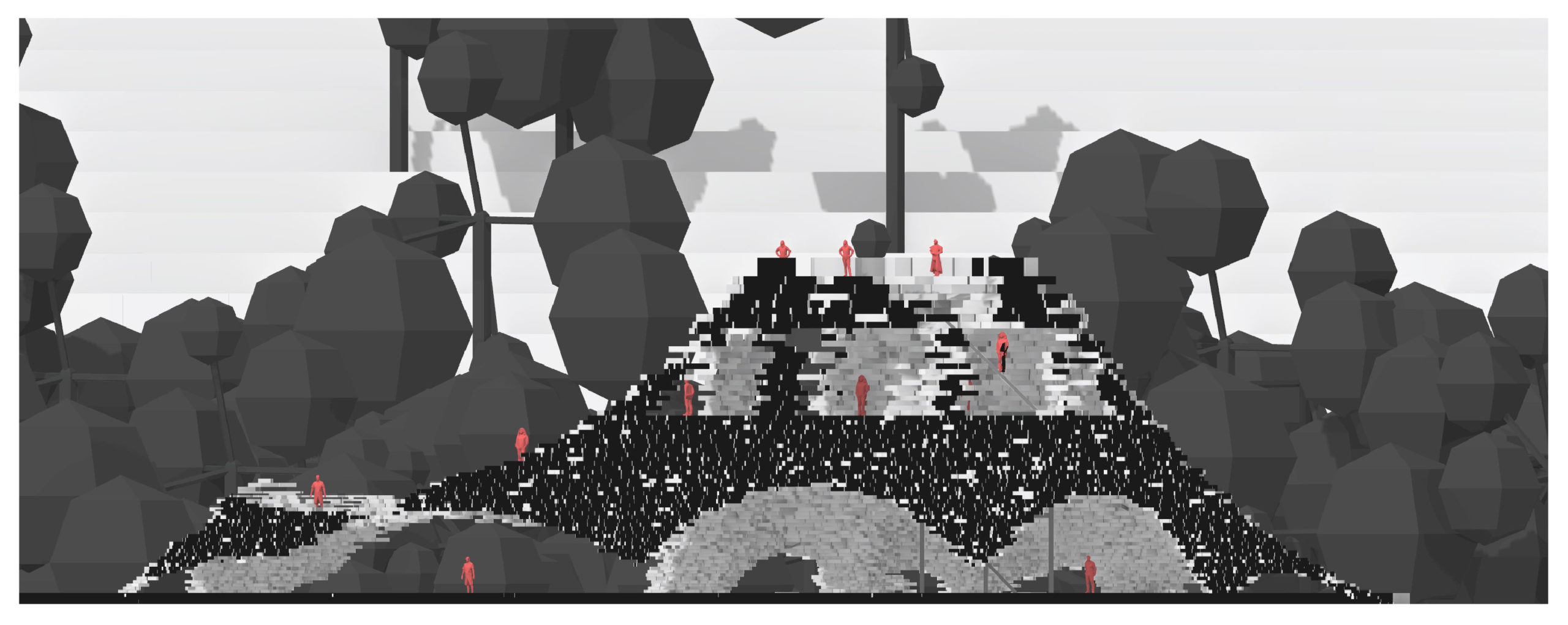
The vaulted space is used to hang permanent large size specimens, while the interior upper floor enclosed to the exterior can host smaller delicate fossils.
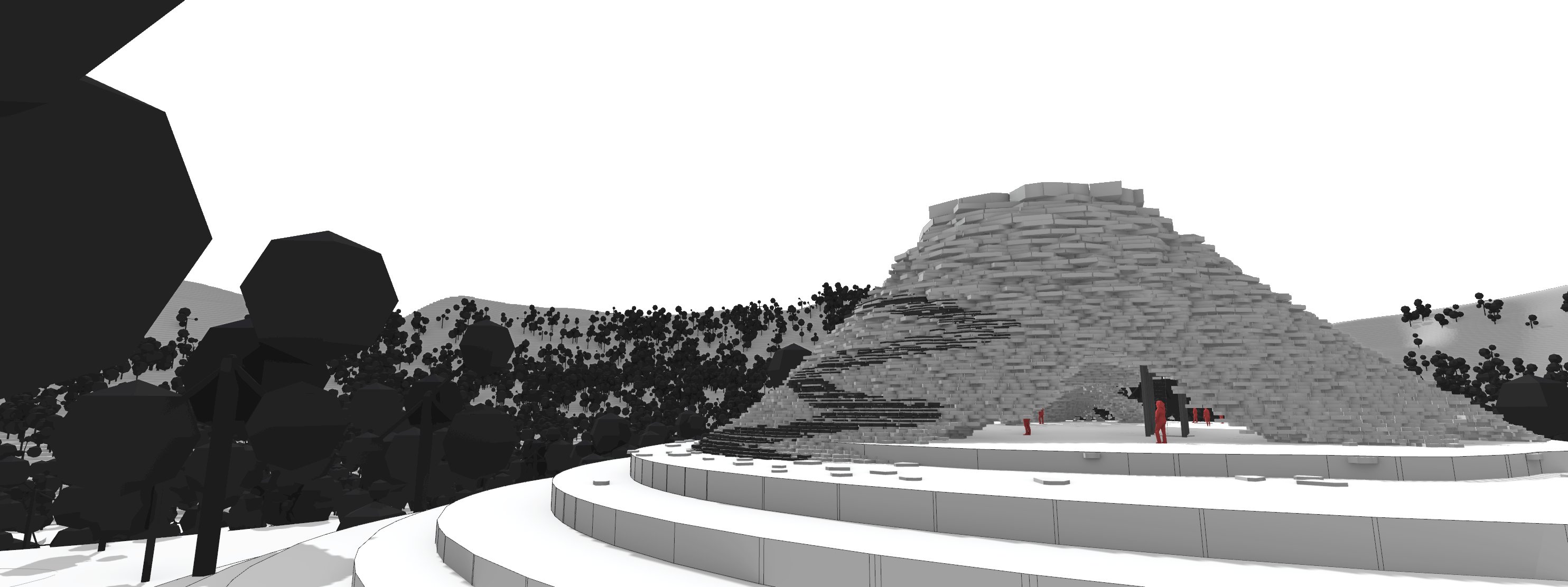

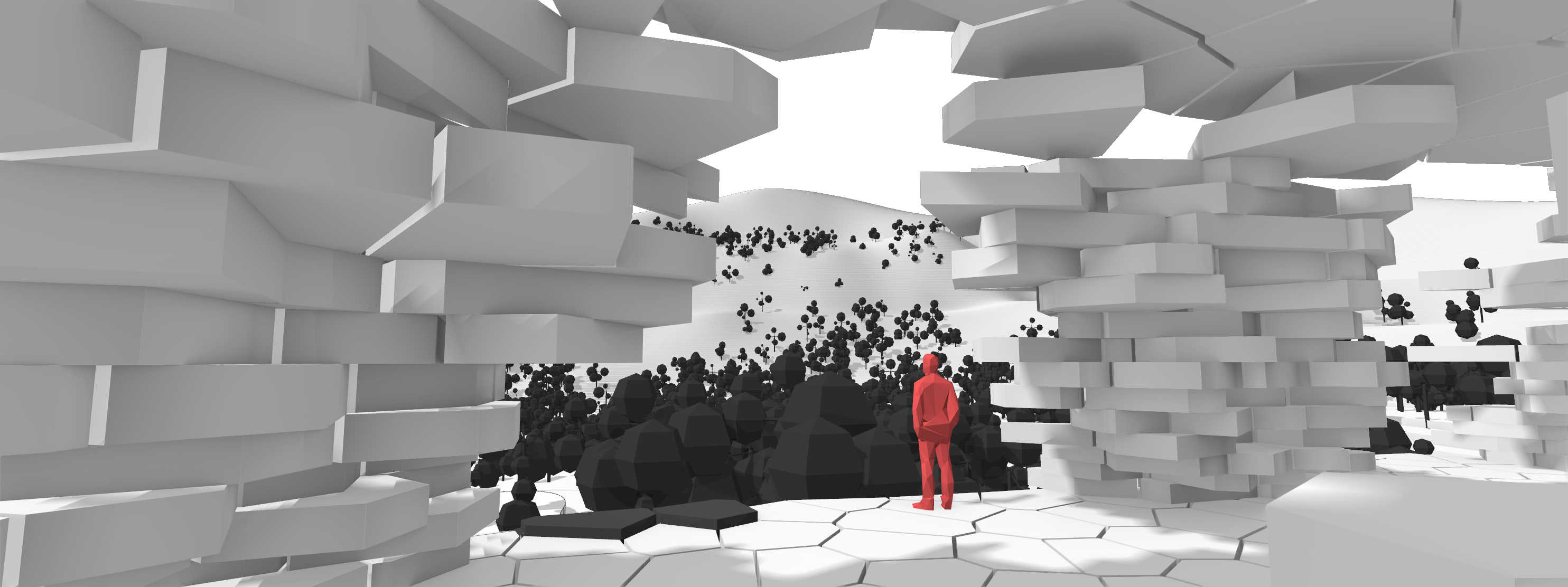
Finally, having accessed by the scaffolding or the exterior stairs, the top lookout gives the visitor a place to look over the dense tree canopy and realize the magnitude of this place.

